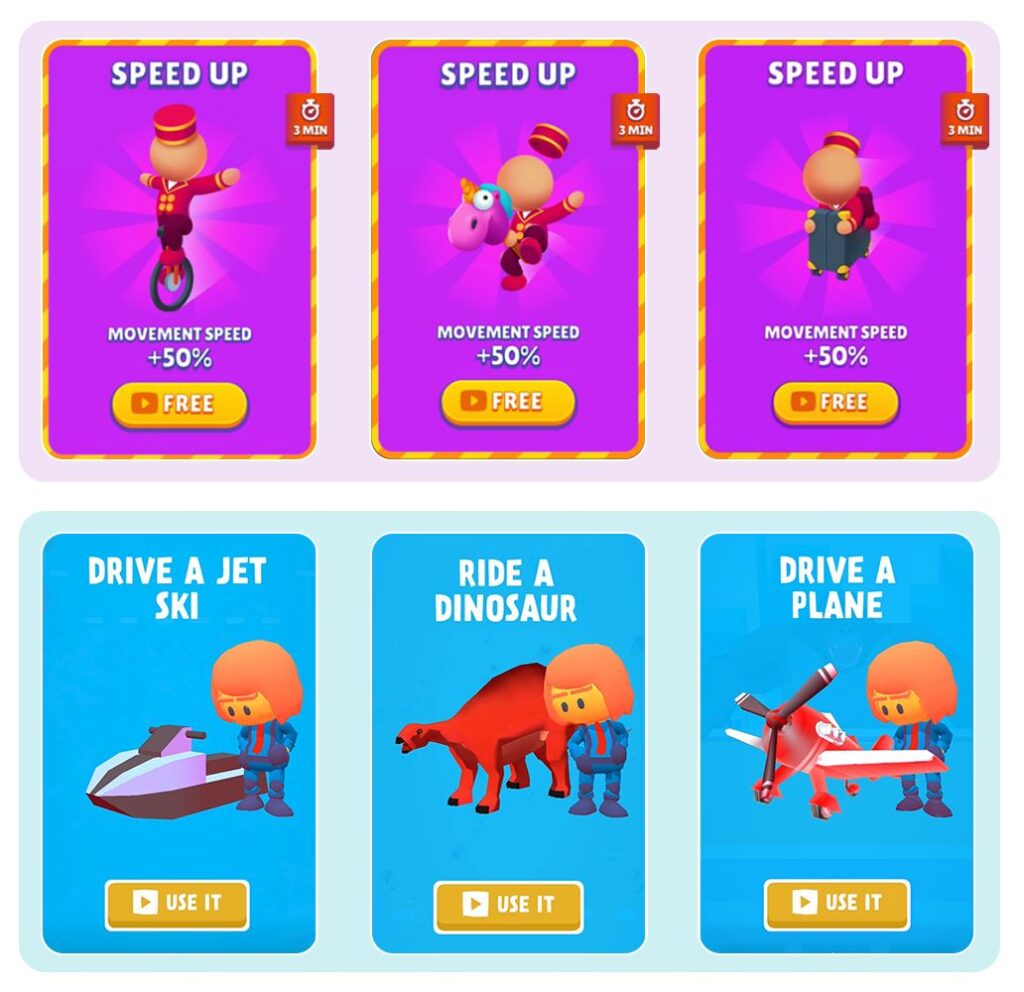A few days ago I posted an ode to determination and willpower that triggered a number of interesting reactions. Best of all, I had interesting discussions around the topic of professional experience. Two things happened:
- A claim made by me that says “Willpower eats experience for breakfast” gave rise to bad interpretations.
- A reading from a skeptical perspective by some dear friends in the industry distorted a bit the message.
Someone interpreted that I underestimate experience. Someone read that I said that willpower is everything and that you don’t need the experience to make great games. That is not the case. What I wanted to say was that we should never underestimate willpower, because willpower is a strong force that often led to creating great franchises. Of course, professional experience is key. But if you have the experience and no willpower, you will probably create a clone, a repetition of something you don’t like. I made a concrete example from the city where I live, Barcelona. A lot of big companies landed here and I know they tried to create new games. And nothing happened. They have the best talent in the World, but probably not enough willpower to make great things. That was my point.
Experience is the real quality needed for a better industry. Our industry will be better if we’ll include more people in it and make more games out of the true experience.
Professional experience is something that:
- You wish you had when you look for your first job.
- You are building, when you practice your job
- You possess, when you have invested a lot of time doing your work.
The discussion will be geared toward game designers, but perhaps some concepts can be extended to other profiles.
When you want to have experience
A lot of people get to finish their studies and find themselves faced with a mountain to climb. We wish we had a job, but we find ourselves rejected for lack of experience. We seem to be in a vicious circle: I don’t have a job because I don’t have experience because I don’t have a job because…
How to get out of the circle? Well for me there are a few points to consider:
Do you have enough willpower to want to be a game designer?
In this case, you simply have to be a game designer. Sleep at least 8 hours a day, wake up rested, and think about what to do. Every single day work on a project, it can also be a personal project. When you have something finished, you have to make ordinary people try it. You will never learn real game design from game jams. Because in game jams there is the most important part missing: the player. You must be present at the session and record everything. Jot down what you have learned and iterate at least once. After iterating, publish everything on itch.io, for example. Put your work out!
Do you need a job for economic reasons?
Look for a job even if it is not in game design. The richest people I know started out doing jobs they didn’t like! Maybe you discover something else, what do you know?
When you’re getting experience
When you are getting the experience you will be junior, mid, or senior. Depending on your level of experience, you will have different challenges ahead of you.
When you are a junior your goal is to bring out that special something that made the miracle of getting a job to happen. Remember that you are not there solely because of your talent. You are there because of a number of issues that you do not control. The best way to repay this grace is to truly express yourself.
Recognize that you have been fortunate and start giving support to more experienced people. Learn from them by helping them. If you have an opinion, express it. If you have a contradiction, keep it to yourself. If your superior seems to know less than you do, that’s okay-it’s normal. It may depend on your inexperience or it may be true. Sacrifice yourself and do your job.
When you are mid, your challenge is to learn to be disciplined. In fact, very often being a mid means feeling like a senior who hasn’t made it yet. You are not a senior, you are mid! Fall in line, young man! Do your homework, participate in interesting discussions respectfully, and above all: study!
When you get home, don’t stand in front of the PlayStation streaming with friends who want followers. You are not a gamer, you are a game designer. You need to devour any book, podcast or YouTube video you can find. You need to start structuring your own method, your own special sauce! Don’t worry about Internet coaches talking about “work-life balance.” Your work is part of your life, and in your life there is work. Become the best you can be, instead. The balance will come later, after the right effort. You are here to build something great.
When you are a senior, you don’t need to be told what to do. If you have done well on your path, you will have your own more or less formalized method. You need to understand the business behind the project and give up your prejudices in the name of growth. Your manager will help you grow. You have to learn from this person. If you feel you have nothing to learn, dedicate yourself to the project. And if the project is going nowhere, move on: you are not a tree!
Don’t forget to expand your network of people a lot. I know you work long hours, so use your free time to get out and meet as many people as possible. If you can join a local community all the better. If you can teach somewhere I assure you it is a wonderful experience.
When you have experience
When you have a lot of experience you might even find yourself unemployed. We’re seeing that these days across the whole technology sector.
Many people will be looking for work, and your time will come to find it. Don’t lose sight of your mental and physical health and keep pressing on. You have always made it, and you will make it!
If, on the other hand, you are considering going it alone, I am an advisor and I suggest you give it a try. Unless you have a big business vision, don’t become an entrepreneur: become a freelancer. Remember the big difference:
- Freelancers are like employees: they earn when they work.
- Entrepreneurs, on the other hand, earn when they sleep! They earn from what they have built. And it’s hard to be on that side if you have never been.
And that’s it! 🙂

